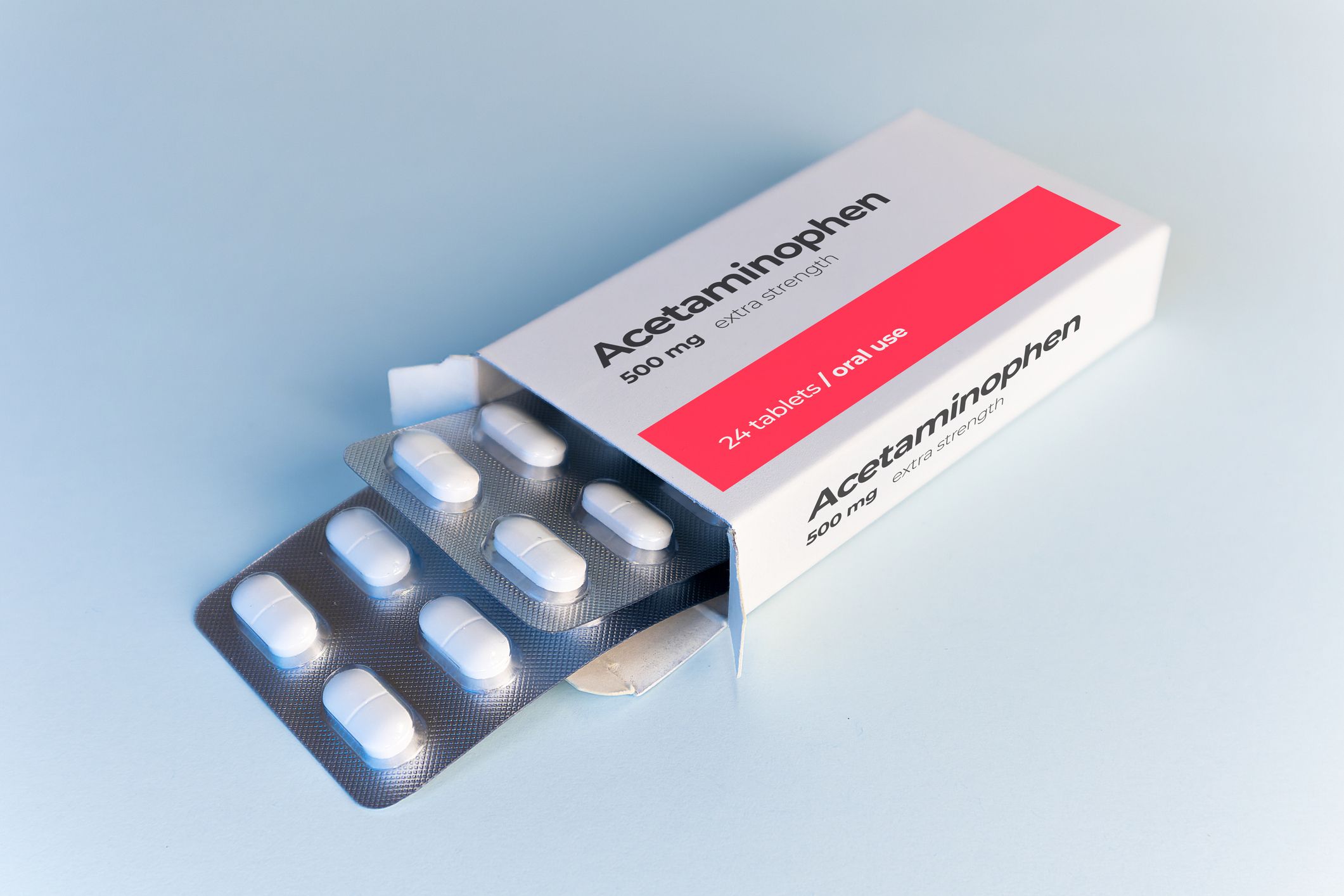The Next Acetaminophen Tablet You Take Could Be Made From PET
The Next Acetaminophen Tablet You Take Could Be Made From PET
Imagine a world where the next acetaminophen tablet you take could be made from recycled plastic bottles. This…

The Next Acetaminophen Tablet You Take Could Be Made From PET
Imagine a world where the next acetaminophen tablet you take could be made from recycled plastic bottles. This revolutionary idea is becoming a reality as researchers have discovered a way to use PET (polyethylene terephthalate) plastic waste to create pharmaceutical tablets.
This breakthrough not only reduces plastic waste in landfills and oceans but also provides a sustainable solution for producing medications. By using recycled PET, pharmaceutical companies can lower their carbon footprint and contribute to a greener environment.
The process of creating acetaminophen tablets from PET involves breaking down the plastic into its basic components and then reforming them into the desired shape. This innovative approach showcases the potential of circular economy principles in the pharmaceutical industry.
Not only is this method environmentally friendly, but it also ensures the quality and safety of the medication. Researchers have found that tablets made from recycled PET have the same effectiveness as traditional tablets, providing patients with a reliable and sustainable treatment option.
As consumers become more conscious of environmental issues, the demand for sustainable products is on the rise. By incorporating recycled materials into pharmaceutical production, companies can align with these values and meet the needs of eco-conscious consumers.
Additionally, the use of recycled PET in pharmaceuticals could set a precedent for other industries to follow suit. By showcasing the potential of circular economy practices, this innovation could inspire future advancements in sustainability across various sectors.
In conclusion, the next acetaminophen tablet you take could be a product of recycling, innovation, and sustainability. This groundbreaking approach not only benefits the environment but also demonstrates the endless possibilities of repurposing materials for a greener future.






